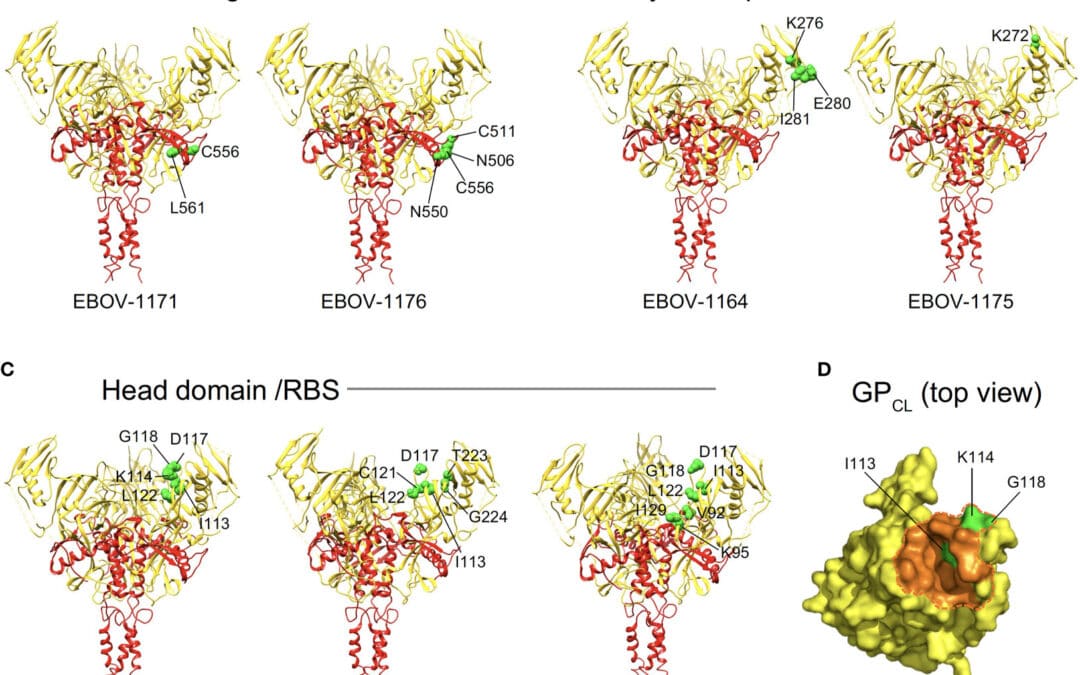
Jul 22, 2021 | Publications, Science, Services
New Publication Reveals Ebolavirus-Neutralizing Monoclonal Antibodies Abterra Biosciences, together with VUMC Vaccine Center, Mapp Bio, PNNL, UTMB Health, Ragon Institute, Integral Molecular, and La Jolla Institute, recently published a paper describing the discovery...

Jul 13, 2021 | Science, Services
Immune Repertoire Sequencing in Human Immune repertoire sequencing enables deeper understanding of the adaptive immune response [1]. Abterra Biosciences has developed Reptor™, a flexible immune repertoire sequencing and analysis service. In this study, we analyzed...
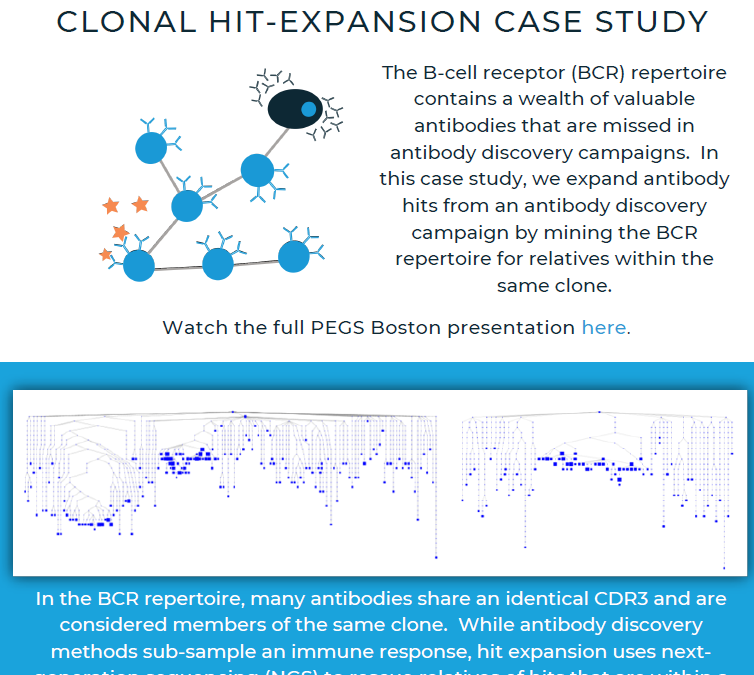
Jun 6, 2021 | Science, Services
Clonal Hit-Expansion Case Study Abterra Bio uses next-generation sequencing to mine the clonal lineage of serum-identified antibodies. This method rescues relatives of hits that are within a clone and increases diversity in your antibody discovery campaign. Contact...
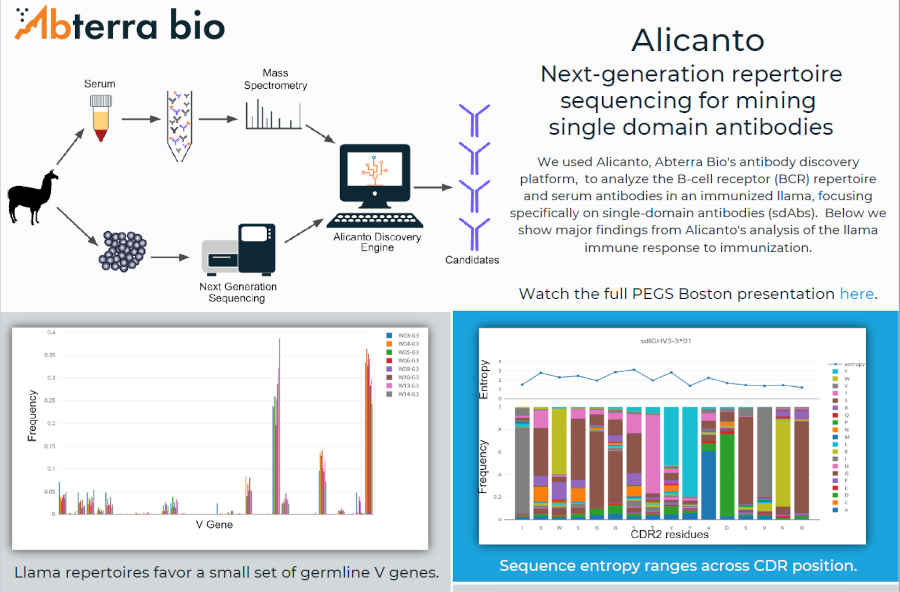
Jun 6, 2021 | Science, Services
Llama Immune Repertoire Profiling Alicanto® is Abterra Biosciences’ proprietary antibody discovery platform that mines the entire immune response to identify diverse, functional antibodies. For an overview of the proteogenomic process, read more about Alicanto®....
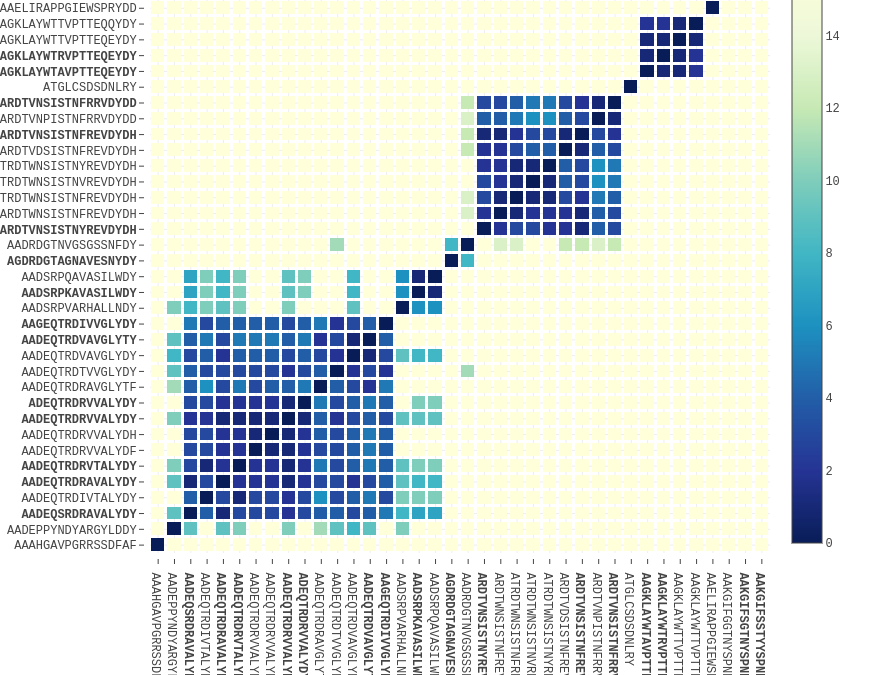
Jan 20, 2021 | Science, Services
Alicanto Antibody Discovery – Diversity Alicanto® is Abterra Biosciences’ proprietary antibody discovery platform that mines the entire immune response to identify diverse, functional antibodies. For an overview of the proteogenomic process, read more...
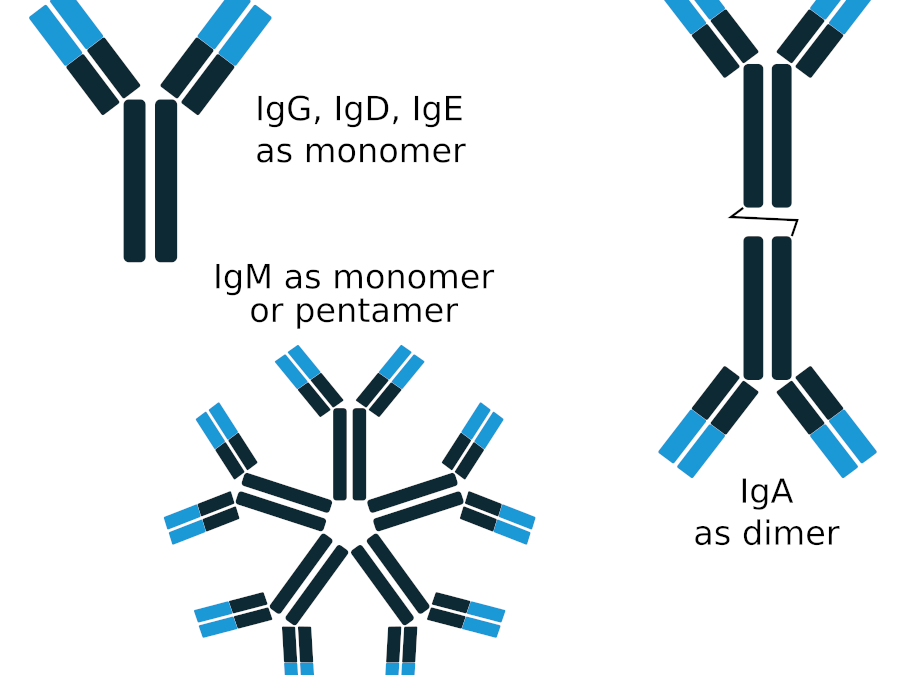
May 25, 2020 | Science, Services
Antibody Reference Guide We developed a one-sheet antibody reference that is handy for antibody-related work. We refer to it often to remind ourselves of the major antibody isotypes, antibody fragments, and purification strategies, as well as antibody development...





